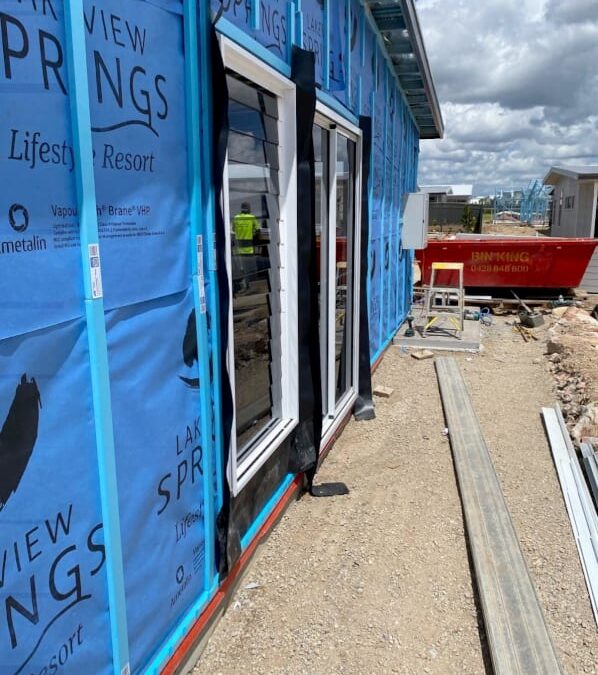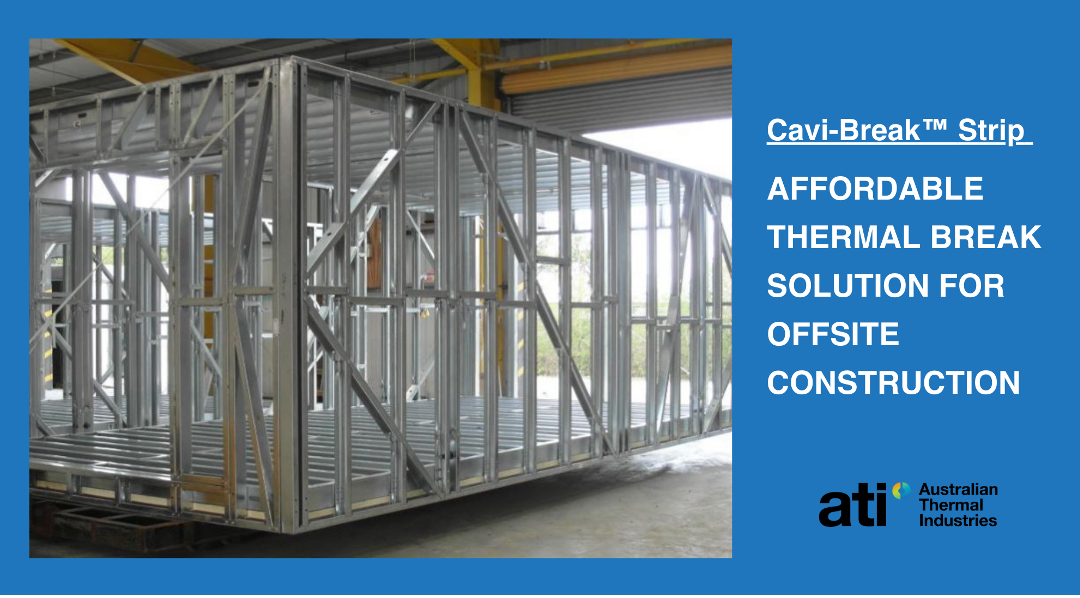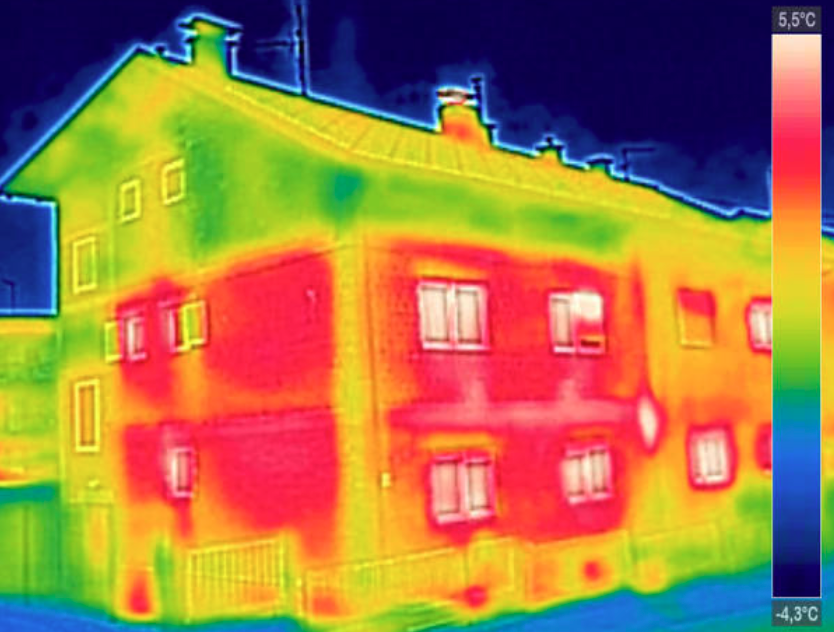Australian Thermal Industries (ATI) is proud to announce a revolutionary new product that offers a more cost-effective multi-use thermal barrier and cavity batten solution for steel and timber framing.
We set out with the goal of offering builders, homeowners, renovators and fabricators a more efficient thermal and cavity break solution for the future – at a fraction of the cost.
After extensive consultation with leading builders who wanted a less compressible, easier to install and lower-cost thermal break system, the Cavi-Break Strip was developed.
This is the solution the construction industry has been waiting for!
- We pioneered the use of future materials that allow the Cavi-Break Strip to be cut to size using hand tools with no hazardous dust, and the 45mm (width) x 20mm (depth) x 1200mm (height) strips work perfectly with a standard 2400mm ceiling height.
- A heavy-duty adhesive backing that really sticks makes installation faster and easier than alternatives like plywood, while increased rigidity and compressive strength of 300kpa ensures durability and no visible distortion along clad walls.
- A class-leading R-Value – determined by dividing the thickness of the material by the thermal conductivity – of 0.58m² K/W is almost three times the NCC standard and makes Cavi-Break the ideal thermal break solution.
- Cavi-Break features a unique waterproof construction resistant to mould, rot, mildew and termites – perfect for cavity batten applications, too. The strips are also fire retardant.
- Cavi-Break Strips are suitable for a wide range of modern cladding materials, including hardwood, fibre cement, fibreboard, aluminum, stone, metal and vinyl, supported by well-known manufacturers and distributors worldwide.
Ten Year Warranty
We are so confident in the Cavi-Break Strip’s durability as a multi-purpose solution, we offer a 10-year warranty for approved construction use.
Perfect for both conventional timber and modern steel framing
While steel framing offers many cost, strength and supply benefits it does require an insulative thermal break solution like the Cavi-Break Strip.
Traditional building materials, like timber, may have a lower heat conductivity than steel, but with that comes other hurdles like condensation and moisture damage.
ATI’s Cavi-Break Strip is a highly efficient cavity batten and thermal solution perfect for both conventional timber and modern steel framing.
“It was important to us that we offered a next-generation solution across all material types,” ATI Co-Founder Aaron Hinkley said.
The solution for a sustainable future for builders and homeowners
“As we move towards a more sustainable future in Australia, a single low-waste thermal and moisture break solution for the construction industry makes commercial sense for builders and quality sense for homeowners.”
We are also committed to giving back, donating 1 per cent of all sales revenue to the HIA Charitable Foundation (HIACF), which works to improve health and welfare outcomes in the housing industry, including mental health issues.
Join the thermal break revolution and future-proof your construction outcomes today, with our Cavi-Break Strip.
To find out more about ATI contact us here.
Perfect for both conventional timber and modern steel framing
While steel framing offers many cost, strength and supply benefits it does require an insulative thermal break solution like the Cavi-Break Strip.
Traditional building materials, like timber, may have a lower heat conductivity than steel, but with that comes other hurdles like condensation and moisture damage.
ATI’s Cavi-Break Strip is a highly efficient cavity batten and thermal solution perfect for both conventional timber and modern steel framing.
“It was important to us that we offered a next-generation solution across all material types,” ATI Co-Founder Aaron Hinkley said.
The solution for a sustainable future for builders and homeowners
“As we move towards a more sustainable future in Australia, a single low-waste thermal and moisture break solution for the construction industry makes commercial sense for builders and quality sense for homeowners.”
We are also committed to giving back, donating 1 per cent of all sales revenue to the HIA Charitable Foundation (HIACF), which works to improve health and welfare outcomes in the housing industry, including mental health issues.
Join the thermal break revolution and future-proof your construction outcomes today, with our Cavi-Break Strip.
To find out more about ATI contact us here.



